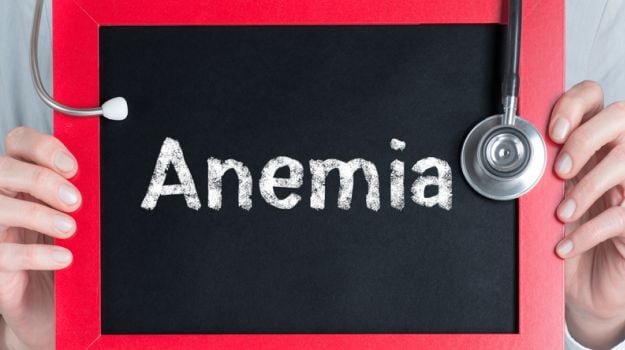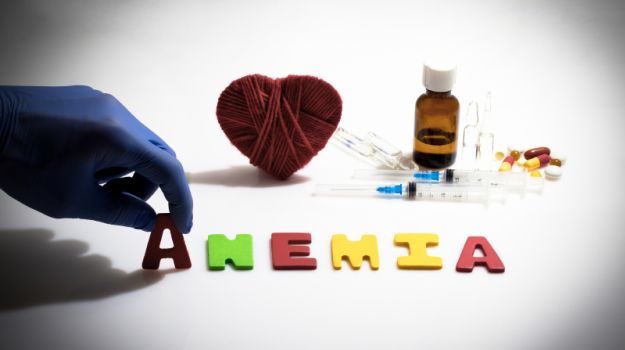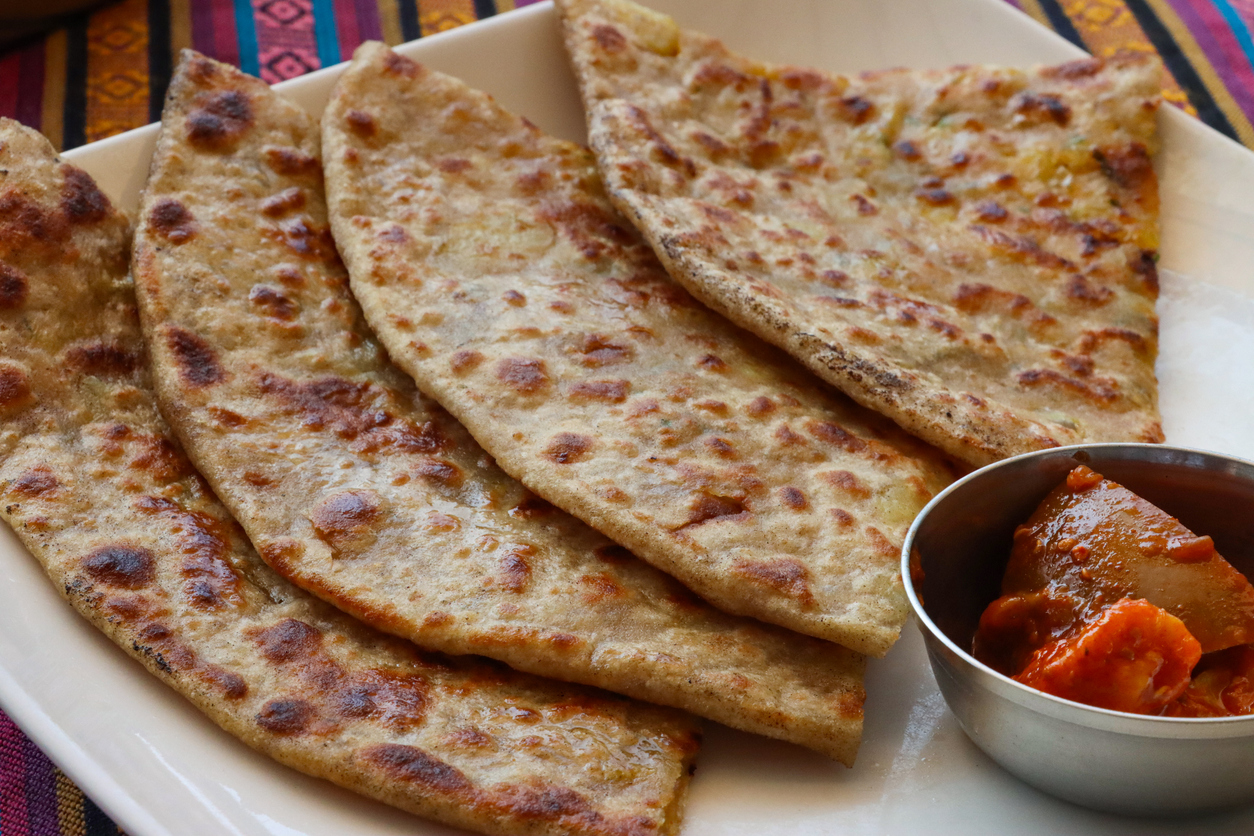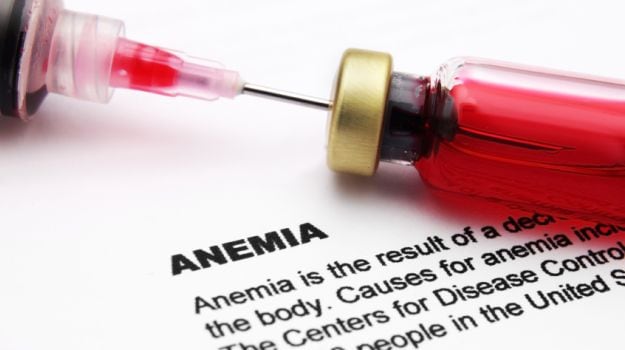Anaemia deters a person's energy levels, leaves him prone to infections, and in worse case affect their brain development. The survey, was carried out in 2015-16 and covered six lakh households, also highlighted that around 38% of children in the same age group were stunted, 21% were wasted and 36% underweight. The WHO defines wasting as low weight for height, stunting as low height for age, and underweight as low weight for age.
The internationally accepted markers of children's health have improved since the last such survey in 2005-06 but the levels of undernourishment amongst children especially impoverished is still quite high.(7 Best Home Remedies for Anemia)

The survey also identified that just over half of all pregnant women were anaemic. This eventually results to their newborn being weak. Overall, 53% of women and 23% of men in the 15-49 age group were found to be anaemic.
The results have been varied amongst the states of India, poorer states like Chhattisgarh, Rajasthan, Assam, Jharkhand, Bihar and Madhya Pradesh have registered higher percentage than national average rates on all the markers. States like those in South, and Gujrat fared better but no far from being, considering their economic and social state of welfare. In Tamil Nadu about 51% children are anaemic, and in Kerala over one-third.
Keeping view the on-going elections, data of Uttar Pradesh was not disclosed.
Earlier, in a study conducted in 2014 that appeared in the International Journal of Applied and Basic Nutritional Sciences anaemia was found to be extremely common in North Indian children, especially those that fall under the affluent parts of society. Data ranged from a significant 19 percent to a whopping 88 percent across five cities.

The study was conducted in the Delhi National Capital Region (NCR) region and the parents considered for the study were well aware of the importance of nutrition and were fairly accomplished to bear its cost as well.











